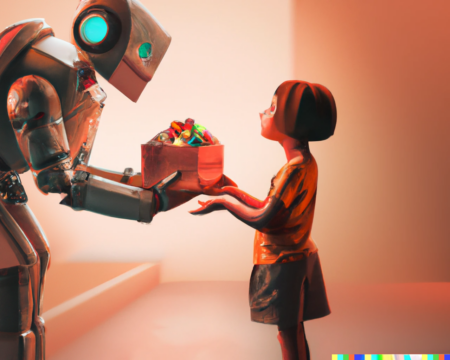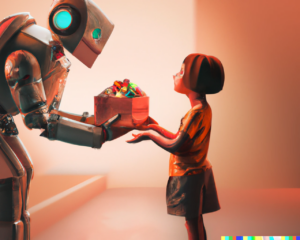With remote and hybrid work models moving in, conversational AI is the answer and has a significant future, says an expert.
Organisations are realising that HR software is not simply meant for HR teams but are also meant for employees and managers to access information, carry out business critical transactions, for instance, making a business trip or submitting timesheet for a project, ensure employee and team wellbeing. In short, HR software is being considered a trustworthy HR service ensuring superior employee experience.
HR applications have transformed from being mere system of records to a system for managing employees to being a system for work. End users of a HR and payroll system, such as employees and managers, expect a quick touch-and-go access to their information and transactions. This is where chatbots can save the day.
According to a new Juniper Research study the total number of chatbot messaging apps accessed globally will increase from 3.5 billion in 2022 to 9.5 billion by 2026. This growth of 169% will be guided by a spike in adoption of omnichannel retail strategies by ecommerce organisations and the increasing integration of chatbots within messaging platforms.
It found that retail spend over chatbot messaging apps will account for over 50% of global chatbot retail spend by 2026. It predicts that the rapid development of messaging app functionalities will attract high?value online retailers to chatbot messaging apps over competing channels.
With remote and hybrid work models moving in, conversational AI is the answer and has a significant future, Rohit Mathur, Head of Ramco Global Payroll and HR Solution, Ramco Systems told The Tech Panda.

Rohit Mathur
Organisations are realizing that HR and Payroll services automation and use of intelligent technologies such as AI and Natural Language Processing can help
“It is a fact that HR and payroll services are most commonly outsourced, which sometimes may impact employee experience. This is because there’s a gap created between employees and such outsourced service providers, which are unsuccessfully bridged by ticketing systems, emails, and live agent calls,” he explains.
He reiterates that conversational AI can help address the needs and challenges in many ways.
“AI-based digital assistants use NLP to converse with employees and get their frequent jobs done much faster. Unlike the traditional self-service portals, which have to be accessed through dedicated URLs and menus, such agents can be plugged into those natural digital workspaces where employees work, Microsoft Teams, for instance,” he adds.
How Chatbots Save the Day
In an early study that Ramco did, it was observed that doing transactions through a conversational interface saves 2.5-3 minutes per transaction for the user. That can add up to hundreds of hours saved on a monthly basis.
“More than 70-80% of all HR and Payroll related queries are clarifications. In these clarifications, employee queries are typically concentrated around a few specific areas like LOP deductions, salary prorations, and tax related queries. However, helpdesks have to provide a personalised, employee-specific answer to such queries,” Mathur explains.
“A smart digital assistant can very well answer such clarifications. Helpdesks need to be looped in only for the most complex cases or when there are genuine errors in salary computation,” he adds.
Employees have to always wait for a response. And despite the wait, the response from the helpdesk agent can be at times inadequate. Compared to this a digital assistant’s responses are instantaneous
Conversational AI based smart assistants also greatly reduce the waiting time for responses to employee queries.
In the traditional way, employees will write to a helpdesk to get their queries answered. The typical channels for such communications are emails or ticketing systems.
“In such cases, employees have to always wait for a response. And despite the wait, the response from the helpdesk agent can be at times inadequate. Compared to this a digital assistant’s responses are instantaneous,” he says.
Deploying conversational AI can also result in cost savings for an organisation, in the form of keeping their helpdesks lean.
“Given that digital assistants can take care of most common employee queries, helpdesks have less volume of employee queries to address,” he says.
The Post Pandemic Need for Digital Transformation in Payroll & HR
Mathur points out three major underlying factors driving digital transformation in Payroll and HR services.
- Employee experience becoming a key theme of HR and Payroll initiatives
- The constantly changing statutory landscape in which employers operate and the need to adapt to such changes faster.
- The need to free up HR and Payroll teams from mundane operational tasks and focus on strategic priorities.
Read more: HR tech: ‘2021 will witness a massive digital transformation if not anything more’
“The pandemic has only made all of these factors more acute than ever. Organisations are realizing that HR and Payroll services automation and use of intelligent technologies such as AI and Natural Language Processing can help achieve all the above needs,” he concludes.












